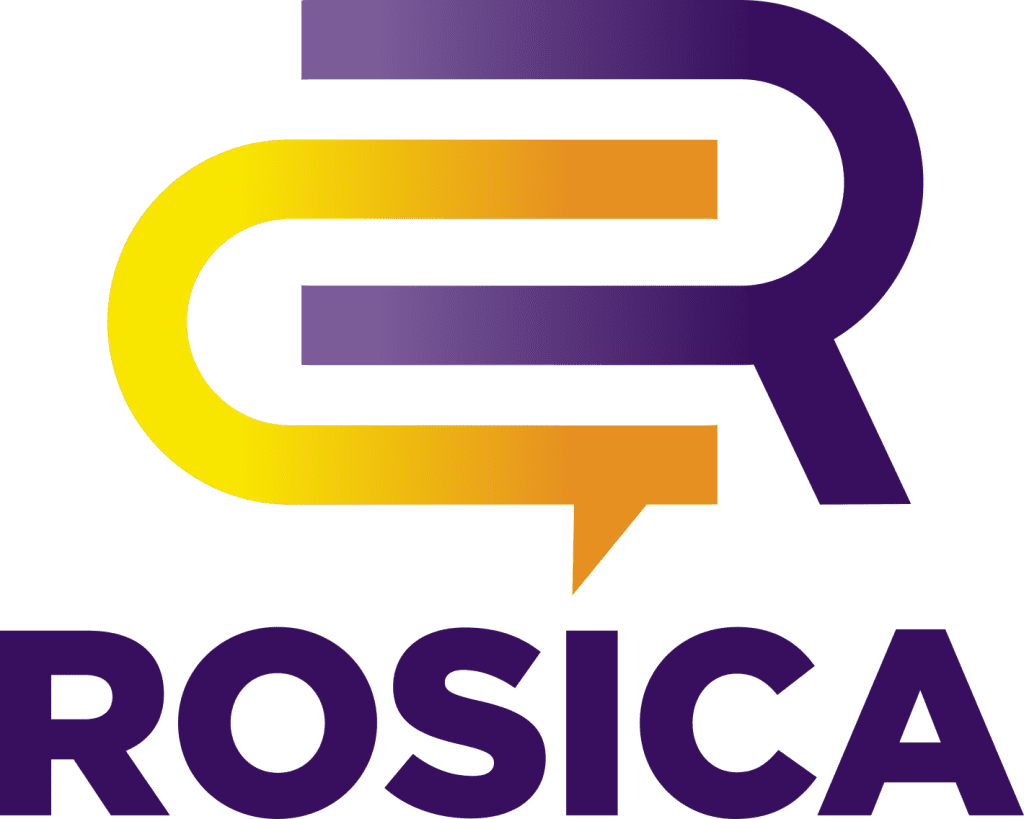The education and ed-tech sectors are facing growing pressure to differentiate in an increasingly competitive landscape. Whether the goal is to increase student enrollment, improve stakeholder engagement, or drive adoption of new technologies, PR and marketing plays a vital role in helping organizations connect with the audiences that matter most.
More than a communications tactic, marketing is a long-term strategy that builds credibility, fosters relationships, and supports measurable growth. Below are five digital marketing, content, PR, and marketing communications strategies that education institutions and ed-tech companies can utilize to strengthen brand awareness and thought leadership. These reflect what many experienced education PR agencies, content marketing PR agencies, and top PR firms have found to be most effective in today’s highly competitive education environment.
1. Develop Content That Speaks to Your Audiences
Effective content marketing begins with understanding who you’re trying to reach and what matters most to them. Education institutions typically engage with a variety of audiences: parents, students, board members, and existing and prospective faculty and staff. Similarly, ed-tech companies often target school district leaders, IT decision-makers, educators, and investors.
Tailoring content to each audience ensures it’s relevant and actionable. For example, a K–12 school might create a blog series for parents on navigating the transition between elementary and middle school. An education technology company might publish a white paper aimed at superintendents on using AI to streamline administrative workflows.
This audience-first approach can guide everything from social media copy to downloadable resources. This is a core area where a seasoned content marketing agency can add value by helping you develop messaging frameworks and content plans that are strategically tailored to the people you want to reach.
2. Elevate Your Brand with Thought Leadership
Thought leadership enables schools, education nonprofits, and ed-tech companies to showcase their expertise, share information that stakeholders want (and need), and lead important industry conversations. This can include a multitude of activities including publishing op-eds on curriculum trends, developing videos that showcase the latest trends, contributing to education journals, sharing expert insights on LinkedIn, and speaking at industry conferences.
School administrators and education company executives can build visibility and trust by addressing timely topics like AI in the classroom, digital learning equity, or post-pandemic remote instructional models. These efforts often lead to speaking engagements, media opportunities, and stronger relationships with influencers and decision-makers.
Many education PR firms specialize in helping organizations build thought leadership platforms, media relations, and strategy development that align public narratives with institutional goals. However, it is important to select an agency partner that understands thought leadership measurement and offers affordable, comprehensive tools to gauge ROI.
3. Use Outcomes and Authentic Stories to Demonstrate Impact
High impact PR, thought leadership, and storytelling in the education sector requires data and human-interest success stories. Whether you’re promoting a school program or a new education technology, audiences want to see results supported by both statistics and real-world narratives.
Public, charter, and private schools might highlight elevated graduation rates, college acceptance stats, or other student achievement figures. By pairing data with thought-provoking stories about a high school senior or recent graduate, stakeholders will be more likely to remember them.
Ed-tech companies can share case studies showcasing improved learning efficiency, cost savings, or real-world feedback from teachers and administrators.
Blending quantitative outcomes with stories from students, teachers, or families can create a more emotionally engaging narrative. PR and marketing professionals will often recommend this dual approach to increase content effectiveness and trust.
4. Integrate Your Marketing Communications
Creating content takes time and effort, therefore it’s essential to get the most value from each asset. Repurposing it enables organizations to extend the reach of their messaging without reinventing the wheel.
For example, a research study or white paper might be broken down into a blog series, social media posts, infographics, or short videos. A school’s annual report might be used to inform an email campaign, media pitch, or webinar.
This approach ensures consistent messaging across platforms while improving visibility. It also supports better SEO and audience retention. After all, it takes multiple impressions to make an impression. Today’s top marketing and PR agencies build editorial calendars that strategically repurpose high-performing content across web, email, social, and traditional media channels.
5. Build Community Through Educational and Interactive Content
Content that invites interaction helps create stronger connections and builds a sense of community around your school or educational products.
For institutions of higher or specialized learning, such as universities and trade or technical schools, this might include gamified virtual town halls, Q&A sessions with administrators, or student-led video content. For ed-tech innovators, interactive webinars with renowned technology influencers, dynamic product demos, and user feedback campaigns can elevate engagement and build advocacy (plus enhance social media engagement).
Encouraging conversation through comments, polls, surveys, or live streams can also yield valuable insights into audience needs and behaviors. Therefore, today’s leading companies, nonprofits, and their PR firms are placing greater emphasis on engagement metrics when evaluating campaign success, recognizing that content is most effective when it fosters dialogue.
Conclusion
In an increasingly digital, crowded, and competitive education space, strategic marketing is essential. These strategies offer a framework for building deeper relationships, enhancing credibility, and achieving measurable results.
As education continues to evolve, so must the way we tell our stories. When planned and executed well, integrated marketing remains one of the most powerful tools for institutions and innovators to lead, influence, and grow.
About Rosica Communications
Rosica Communications is a national PR firm and leading NJ PR firm with more than 40 years of experience supporting education institutions and ed-tech companies across the US. As an integrated, strategic marketing communications and PR agency, we help mission-driven organizations elevate their brand voice, grow thought leadership, and connect meaningfully with their stakeholders.
Our team specializes in thought leadership development, media relations, social media strategy, and digital marketing. By combining data-driven strategy with creative storytelling, we help our partners grow visibility and strengthen their reputation in a competitive space.
To learn more, schedule a call with agency CEO and President Chris Rosica at calendly.com/rosica/30min.

